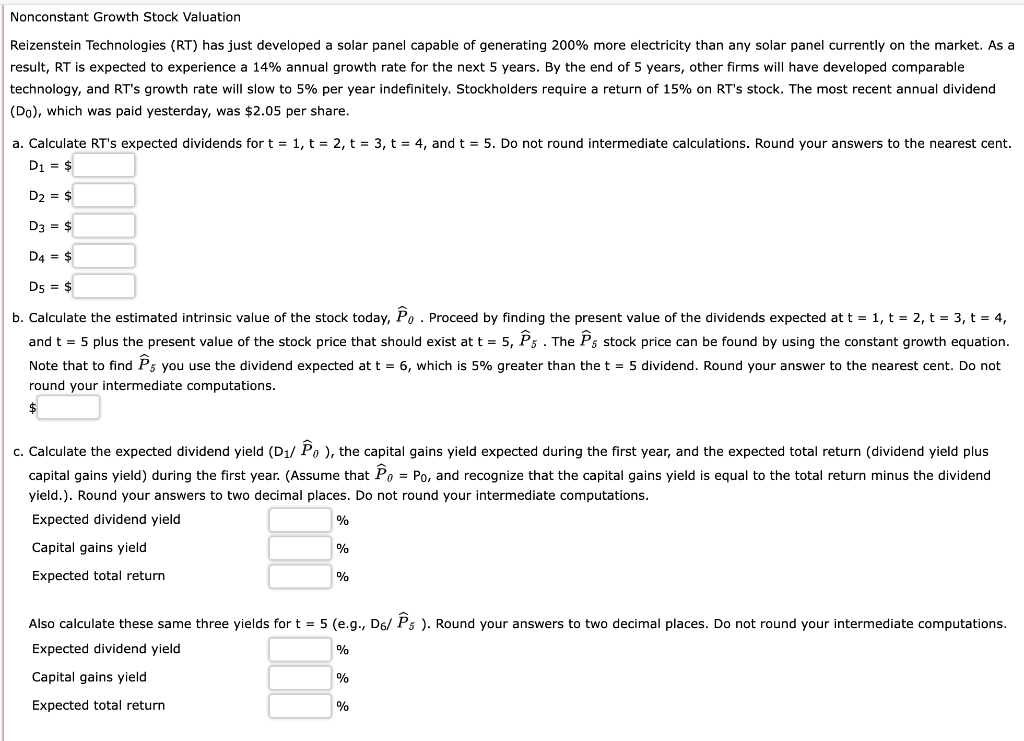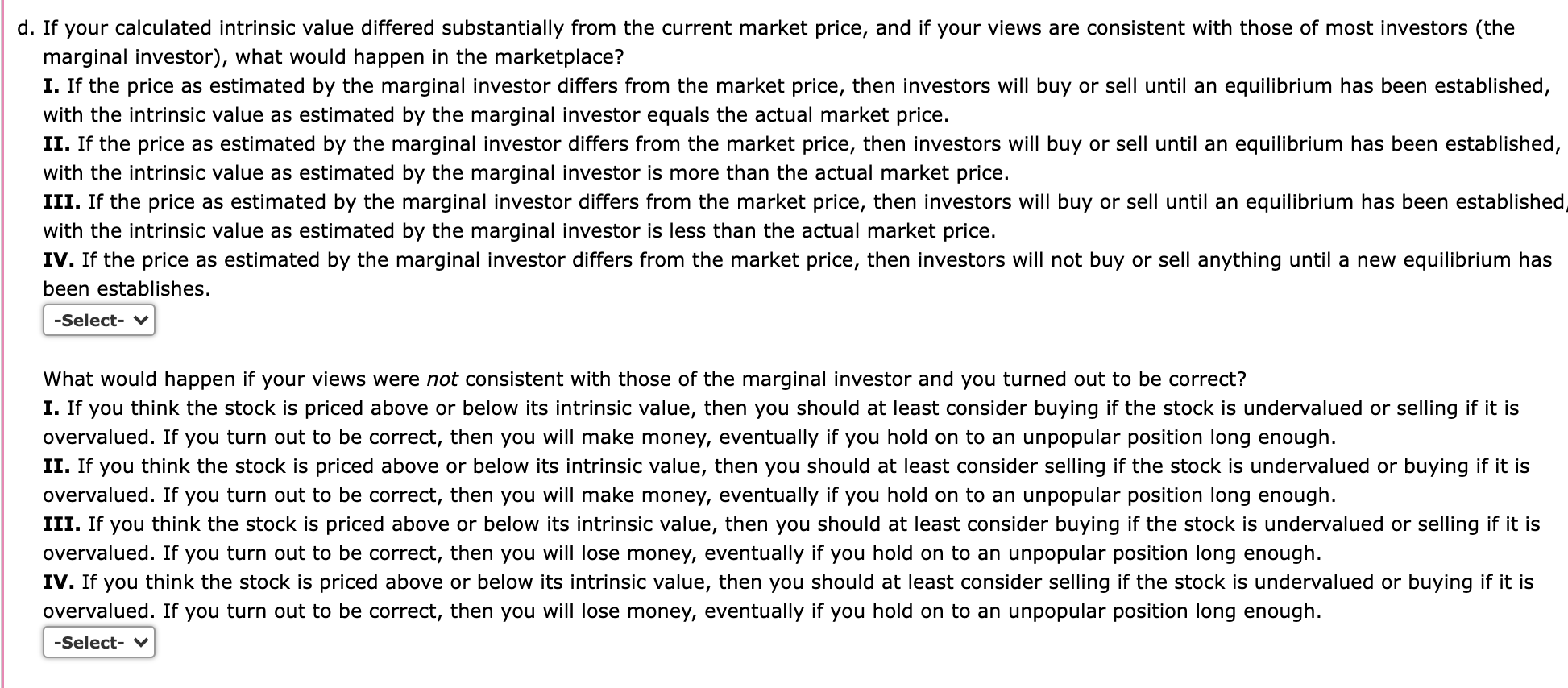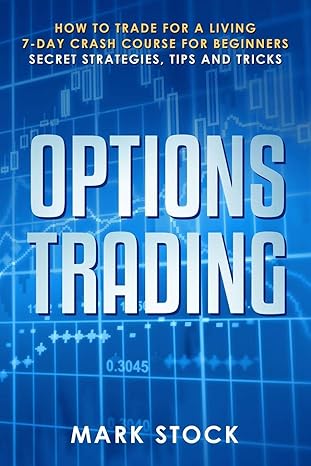

Nonconstant Growth Stock Valuation Reizenstein Technologies (RT) has just developed a solar panel capable of generating 200% more electricity than any solar panel currently on the market. As a result, RT is expected to experience a 14% annual growth rate for the next 5 years. By the end of 5 years, other firms will have developed comparable technology, and RT's growth rate will slow to 5% per year indefinitely. Stockholders require a return of 15% on RT's stock. The most recent annual dividend (Do), which was paid yesterday, was $2.05 per share. a. Calculate RT's expected dividends for t = 1, t = 2, t = 3, t = 4, and t = 5. Do not round intermediate calculations. Round your answers to the nearest cent. D1 = $ D2 = $ D3 = $ D4 = $ D5 = $ b. Calculate the estimated intrinsic value of the stock today, P. Proceed by finding the present value of the dividends expected at t = 1, t = 2, t = 3, t = 4, and t = 5 plus the present value of the stock price that should exist at t = 5, Ps. The s stock price can be found by using the constant growth equation. Note that to find Ps you use the dividend expected at t = 6, which 5% greater than the t = 5 dividend. Round your answer to the nearest cent. Do not round your intermediate computations. C. Calculate the expected dividend yield (D1/ o ), the capital gains yield expected during the first year, and the expected total return (dividend yield plus capital gains yield) during the first year. (Assume that po = Po, and recognize that the capital gains yield is equal to the total return minus the dividend yield.). Round your answers to two decimal places. Do not round your intermediate computations. Expected dividend yield % Capital gains yield % Expected total return % % Also calculate these same three yields for t = 5 (e.g., D6/ 5 ). Round your answers to two decimal places. Do not round your intermediate computations. Expected dividend yield Capital gains yield Expected total return % % d. If your calculated intrinsic value differed substantially from the current market price, and if your views are consistent with those of most investors (the marginal investor), what would happen in the marketplace? I. If the price as estimated by the marginal investor differs from the market price, then investors will buy or sell until an equilibrium has been established, with the intrinsic value as estimated by the marginal investor equals the actual market price. II. If the price as estimated by the marginal investor differs from the market price, then investors will buy or sell until an equilibrium has been established, with the intrinsic value as estimated by the marginal investor is more than the actual market price. III. If the price as estimated by the marginal investor differs from the market price, then investors will buy or sell until an equilibrium has been established, with the intrinsic value as estimated by the marginal investor is less than the actual market price. IV. If the price as estimated by the marginal investor differs from the market price, then investors will not buy or sell anything until a new equilibrium has been establishes. -Select- What would happen if your views were not consistent with those of the marginal investor and you turned out to be correct? I. If you think the stock is priced above or below its intrinsic value, then you should at least consider buying if the stock is undervalued or selling if it is overvalued. If you turn out to be correct, then you will make money, eventually if you hold on to an unpopular position long enough. II. If you think the stock is priced above or below its intrinsic value, then you should at least consider selling if the stock is undervalued or buying if it is overvalued. If you turn out to be correct, then you will make money, eventually if you hold on to an unpopular position long enough. III. If you think the stock is priced above or below its intrinsic value, then you should at least consider buying if the stock is undervalued or selling if it is overvalued. If you turn out to be correct, then you will lose money, eventually if you hold on to an unpopular position long enough. IV. If you think the stock is priced above or below its intrinsic value, then you should at least consider selling if the stock is undervalued or buying if it is overvalued. If you turn out to be correct, then you will lose money, eventually if you hold on to an unpopular position long enough. -Select








